Introduction
In the culinary world, broth stands as a cornerstone of flavor, depth, and nourishment. Whether you’re crafting a hearty soup, preparing a rich stew, or simply seeking a comforting drink to warm your soul, the quality of your broth is paramount. One crucial aspect of broth-making that often eludes even the most seasoned chefs is the question of cooking time: how long should you simmer your broth to achieve the perfect balance of taste, texture, and nutritional benefits?
This article delves into the intricacies of broth-making, exploring the various factors that influence cooking time and offering practical guidelines to help you cook your broth to perfection. By understanding the science behind simmering and the art of flavor extraction, you’ll be able to create broths that are not only delicious but also packed with nutrients and aromatic compounds.

Understanding the Basics of Broth-Making
Before diving into the specifics of cooking time, it’s essential to grasp the fundamentals of broth-making. Broth is essentially a liquid extracted from bones, meat, vegetables, or a combination of these ingredients through the process of simmering. The primary goal of simmering is to gently cook the ingredients over an extended period, allowing the natural flavors, fats, collagen, and other nutrients to leach into the liquid.
Types of Broth
Broth can be broadly categorized into three types based on its ingredients and cooking method:
-
Stock: Made primarily from bones and often includes vegetables and aromatic herbs. Stock is the foundation for many soups, sauces, and gravies.
-
Bone Broth: Similar to stock but cooked for a significantly longer period, usually between 12 and 48 hours, to extract more gelatin and nutrients from the bones. Bone broth is prized for its health benefits.
-
Meat Broth: Prepared with chunks of meat, vegetables, and spices. This type of broth is more meaty and robust in flavor, often used in hearty soups and stews.
Factors Influencing Cooking Time
Several variables play a crucial role in determining how long you should simmer your broth:
-
Type of Ingredients: The type of bones, meat, or vegetables used will affect the cooking time. For instance, chicken bones cook faster and produce a lighter broth compared to beef bones, which require more time to extract their rich flavors.
-
Quality of Ingredients: Fresh, high-quality bones and meat yield better results and may require less time to cook compared to older or lesser-quality ingredients.
-
Cut and Size of Bones: Larger bones with more marrow take longer to cook than smaller, thinner bones. Similarly, the cut of meat can influence cooking time; for example, a shoulder roast will release more flavor and fat than a lean cut like a tenderloin.
-
Cooking Temperature: Simmering, as opposed to boiling, is key to making a good broth. Boiling can break down proteins too rapidly, resulting in a cloudy, less flavorful liquid. A gentle simmer, usually around 180°F (82°C), allows for slow extraction of flavors and nutrients.
-
Liquid-to-Solid Ratio: The amount of water or other liquid relative to the solid ingredients affects cooking time. More liquid can mean longer simmering to concentrate flavors, while too little liquid can lead to scorching or over-reduction.
-
Use of Acid: Adding acidic ingredients like vinegar, lemon juice, or tomatoes can help extract minerals and gelatin from bones, potentially reducing cooking time.
-
Cooking Equipment: The type of pot or vessel used can also impact cooking time. Heavy-bottomed pots retain heat better and distribute it more evenly, leading to more consistent cooking.
The Science Behind Simmering
Simmering is a delicate balance of heat, time, and chemistry. When bones and meat are heated, the collagen in the bones and connective tissue begins to break down into gelatin. Gelatin gives broth its silky, mouthfeel and body. Simultaneously, fats, proteins, and other soluble nutrients leach into the cooking liquid, creating a complex flavor profile.
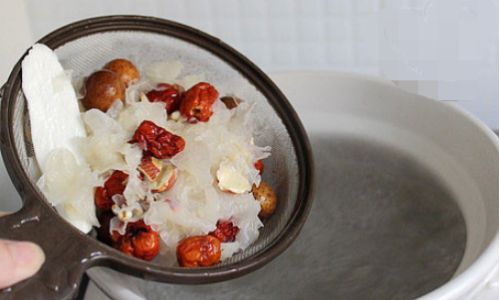
As the broth simmers, water-soluble vitamins, minerals, and aromatic compounds are extracted from the ingredients. These compounds contribute to the broth’s color, aroma, and overall taste. The longer the broth simmers, the more of these compounds are extracted, but there is a point of diminishing returns. Overcooking can lead to the breakdown of desirable proteins and fats, resulting in a bitter or overly cloudy broth.
Optimal Cooking Times
Now, let’s delve into the specific cooking times for different types of broth:
-
Chicken Stock: Chicken bones and meat cook relatively quickly, making chicken stock a good choice for those who want a flavorful broth in a shorter timeframe. Generally, chicken stock can be ready in 4 to 6 hours. However, for a richer, more concentrated flavor, you can simmer it for up to 8 hours.
-
Beef Stock: Beef bones are denser and contain more marrow, requiring a longer cooking time to extract their flavors. A good beef stock usually takes between 8 and 12 hours to cook. For a deeper, more robust flavor, you can extend the cooking time to 24 hours or even longer.
-
Vegetable Broth: Vegetable broths are generally quicker to make since vegetables cook faster than bones. A basic vegetable broth can be ready in as little as 1 to 2 hours. However, simmering for a longer period, up to 4 hours, can help develop a more complex flavor profile.
-
Bone Broth: Bone broth is distinguished by its extended cooking time, which allows for maximum extraction of nutrients and gelatin from the bones. For chicken bone broth, aim for a cooking time of 12 to 24 hours. Beef bone broth, on the other hand, can take anywhere from 24 to 48 hours to achieve the desired texture and flavor.
-
Meat Broth: Meat broths, especially those made with hearty cuts like pork shoulder or beef brisket, can take several hours to cook. A general guideline is to simmer meat broths for 6 to 8 hours, but this can vary depending on the cut and desired flavor intensity.
Practical Tips for Perfect Broth
-
Start with Cold Water: Always begin with cold water when making broth. This helps to slowly draw out flavors and nutrients from the bones and meat, rather than sealing them in with a sudden high heat.
-
Skim the Foam: As the broth simmers, impurities and fats will rise to the surface, forming a foam. Skim this foam off periodically to ensure a clearer, cleaner broth.
-
Add Aromatics Later: While some recipes call for adding aromatic vegetables and herbs at the beginning, adding them halfway through the cooking process can prevent them from overcooking and becoming bitter.
-
Taste and Adjust: Periodically taste your broth as it cooks. This will help you gauge its progress and make adjustments, such as adding more salt, herbs, or acid, to balance the flavors.
-
Cool and Store Properly: Once cooked, allow the broth to cool slightly before straining out the solids. Store the broth in airtight containers in the refrigerator for up to a week or in the freezer for longer storage.
Conclusion
The art of simmering broth is a blend of science and intuition, requiring patience, attention to detail, and a willingness to experiment. By understanding the factors that influence cooking time and following practical guidelines, you can create broths that are not only delicious but also nutritious and satisfying. Whether you’re aiming for a light chicken stock, a rich beef bone broth, or a hearty meat broth, the key to success lies in finding the perfect balance of ingredients, temperature, and time.
Remember, the best broths are often the ones that have been simmered with love and care, allowing the flavors and nutrients to develop slowly over time. So, the next time you set out to make a broth, embrace the process, savor the aroma, and enjoy the journey towards culinary perfection. Happy simmering!
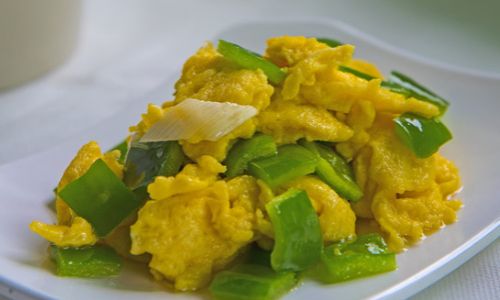

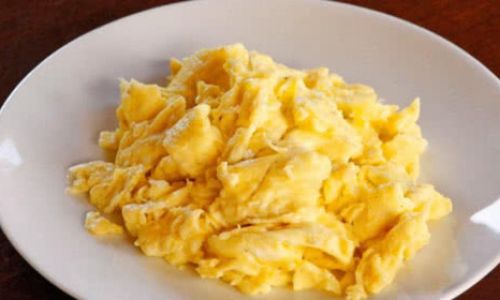
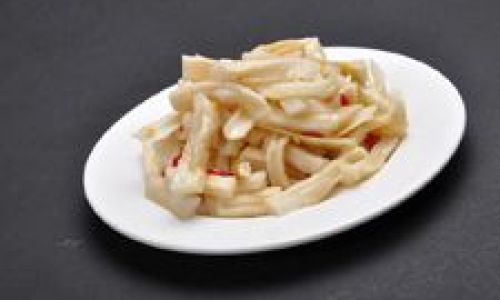

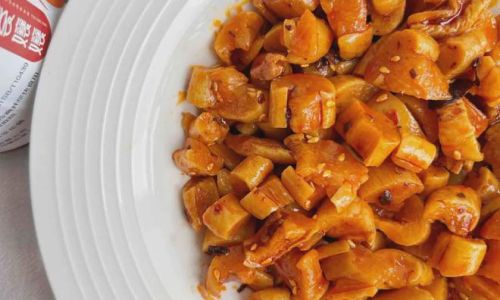
0 comments